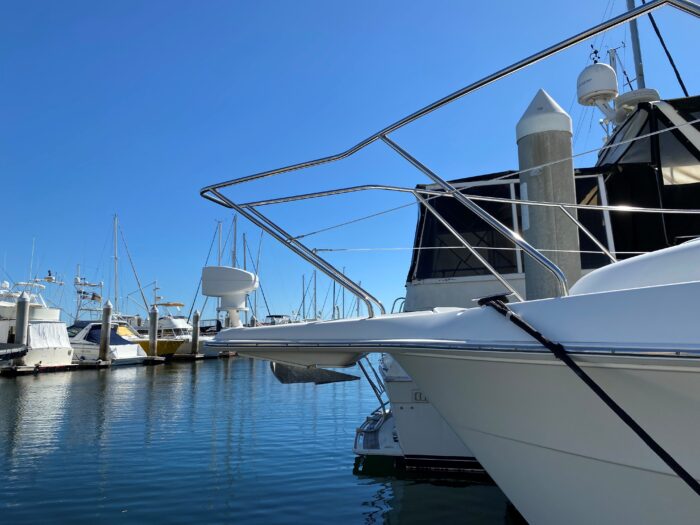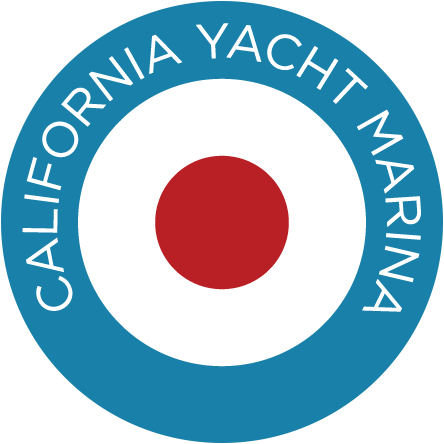California Yacht Marina
Tips for Selecting, Preparing and Using Your Anchor
Before you start anchoring your boat, it’s important to make sure that you have the right anchor for the job. There are many different types of anchors available, and each serves a different purpose. Depending on your needs, you may need to consider buying more than one type of anchor. Some anchors are suitable for both coastal and inland waters, while others are designed specifically for use in coastal areas where there is stronger currents or waves. Read on to get tips for selecting, preparing, and using your anchor for happy cruising or sailing in Southern California!
How Do You Choose an Anchor?
Some of the key considerations when choosing an anchor include the weight and strength of your anchor, where you will be using it, and the material from which it is made.
Another important consideration is the type of ground you will be anchoring in. This can have a significant impact on how well your anchor holds. For example, if you are planning to use your anchor in sandy or muddy soil, it is generally recommended that you choose one with extra flukes or barbs to help get a good grip on these soft surfaces.

How Do You Use the Anchor Properly So That Your Boat Stays in Place?
Anchoring a boat can be a tricky process, requiring careful attention to detail and the proper technique. There are several factors that you need to consider when anchoring your boat, including the size and weight of your vessel, as well as wind conditions and tide levels in your area.
To start, you will need an anchor that is suitable for your specific type of boat. The anchors should be large enough to provide adequate holding power on the bottom of the waterway, but light enough so that they are not overly cumbersome or difficult to use. Ideally, you should choose an anchor with flukes. These have multiple points of contact with the bottom sediment and can offer much better hold than other types of anchors.
Once you have chosen your anchor, the next step is to set it up properly. This involves lowering the anchor into the water and then backing down on it to get a good bite. You should also release some of your rope or line as you go, so that your boat can move freely while tethered to the anchor.
It is important to monitor your anchor’s position throughout your trip. Check regularly to make sure that you are still maintaining contact with the bottom sediment and adjust the angle of your boat or pull in more line if necessary. If you notice that your boat has started drifting away from the anchor for any reason, quickly pull up on your rope or line to regain control of its movement.
How Do You Prepare and Set Your Anchor?
The first step in preparing and setting your anchor is to determine a good location for it. This will typically involve some careful planning, as you will want to choose a place that is strong and reliable, yet also inconspicuous enough that other boaters won’t notice it.
Once you have identified a good spot, the next step is to gather the materials you will need for anchoring, such as chain or rope, an anchor fluke or claw, and an anchor windlass or capstan if necessary.
Next, you will need to set the depth of your chosen location using a sounding line or depth finder, so that you know how deep the water is in that area.
Finally, you can begin setting your anchor by attaching the chain or rope to the anchor fluke or claw and using your windlass or capstan to lower it down into the water. Once it has reached the desired depth, you can secure it in place by raising and lowering your vessel until resistance is felt.
Types of Anchor Styles
Anchors are used to secure boats and ships to the seafloor, helping to keep them in place even during choppy waters or strong currents. There are several different styles of anchors, each with its own unique set of features and properties.
Fluke
The fluke anchor, also known as a Danforth anchor, is one of the most common types of anchors used by naval vessels. It has two large flukes that dig into the seafloor when dropped from above, providing a stable grip and making it well-suited for conditions where less force is required to hold a boat in place.
Grappling or Grapnels
The grappling or grapnels anchor uses multiple hooks attached to cables to catch onto rocks or other hard surfaces along the seafloor. This anchor is typically used in areas with rocky or rugged terrain, as it can provide a strong hold even in rough conditions.
Plow
The plow anchor is designed to dig into soft seabed and stay firmly rooted in place. It consists of a large metal blade that slices into the seafloor when dropped from above, making it ideal for situations where extra holding power is needed.
Mushroom
The mushroom anchor has a wide, flat head that sits just below the surface of the seafloor when dropped from above. This design helps to prevent it from being easily dislodged by strong currents or waves, making it ideal for conditions where extra stability is needed.
Claw
The claw anchor uses multiple curved metal claws to dig into hard surfaces along the seafloor and hold boats firmly in place. Like grappling anchors, this style is best suited for rocky or rugged terrain, allowing ships to navigate these types of waters safely and reliably.
Visit the California Yacht Marina for Help Anchoring!
The California Yacht Marina in Southern California is a premier marina operator offering the best Marina boat anchorage destinations in the Santa Monica Bay and San Pedro Bay for boaters from around the world. Whether you’re interested in sailing along the coast, fishing in Pacific Ocean waters, or simply relaxing on your boat dock, our marinas have everything you need to make your time on the water truly unforgettable. Get tips for boat anchorage in the South Bay and for working with your anchors today from our experienced and friendly marina staff! Contact us today at 424-201-0467 to learn more!
